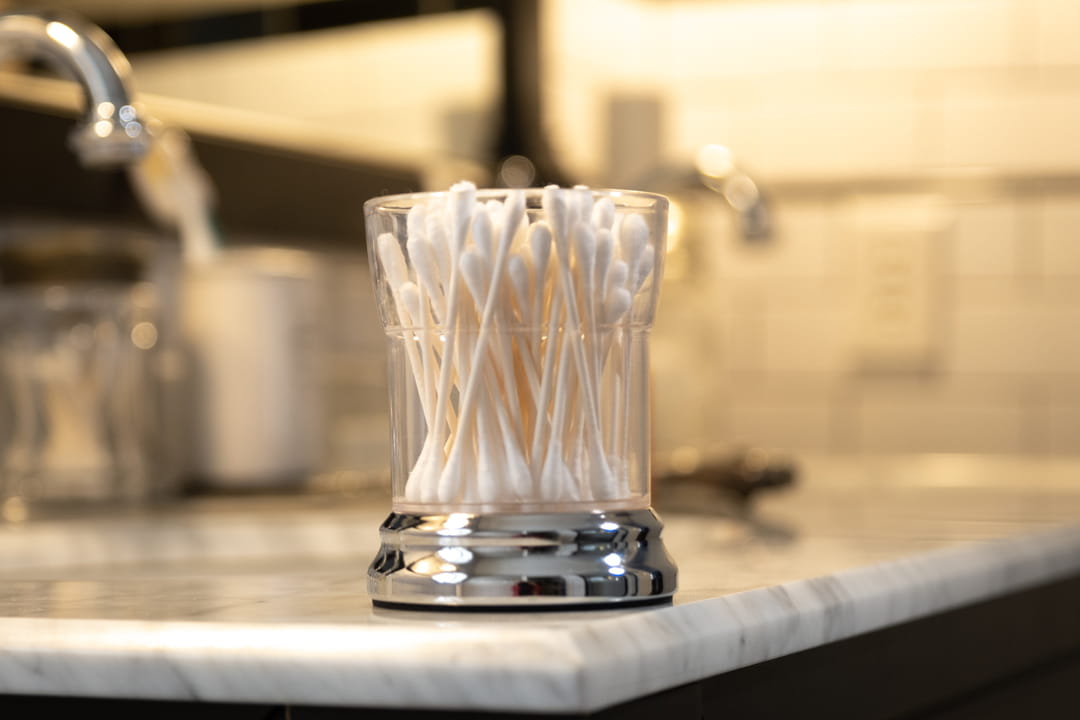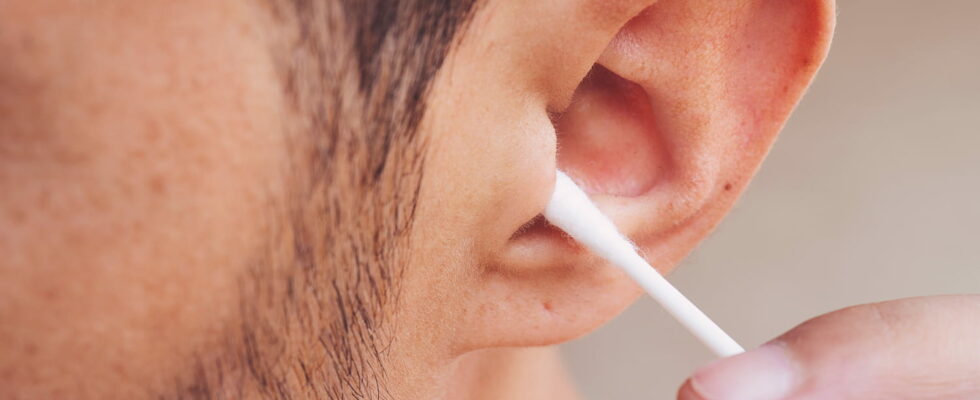Cotton swabs are used by many people daily to clean their ears. However, this is not its primary function, it is even discouraged by specialists.
While cotton swabs are a bathroom essential, they were not designed to be specifically in this room. It is also not recommended to use them for your ears, especially indoors. “We can use it to clean the entrance to the canal where excess earwax can be stuck to the hairs. On the 1.5 to 2 centimeters of the canal, we will only insert it on the first 5 millimeters. Further, it would be useless!”, explained Dr Jérôme Paris, surgeon at Magic Mom. The ear is also self-cleaning.
Inserting a cotton swab into your ear only pushes out the earwax. Packing it can cause blockages. These sticks also make the ear mucosa more vulnerable to bacteria, because it is no longer protected by earwax. In the most serious cases, the eardrum can be punctured, causing bleeding and potential hearing loss.

“Q-tips are bad for several reasons: first, they push earwax deep into the ear and create blockages, and second, they tend to create micro-trauma inside the ear canal,” explained a pharmacist to BFMTV. It’s best to simply clean your ears with a little water in the shower. You can add a little soap, but rinse well afterwards.
You can use them in the bathroom, but rather to clean off makeup or overflowing nail polish, although this is still not the use for which they were originally intended. Cotton swabs were, in fact, invented by an American in 1923 who saw his wife put cotton on the end of a toothpick to clean small gaps.
The “wadding sticks”, which later took the name of the cotton swab brand, were originally intended for deep cleaning of hard-to-reach places in the house. Today, it can be used for ventilation grilles such as car grilles or to scrub between computer keys. The company Q-tips, an American giant in the sector, confirms on its site that the sticks are used to apply makeup or clean objects, but not the inside of the ears.
